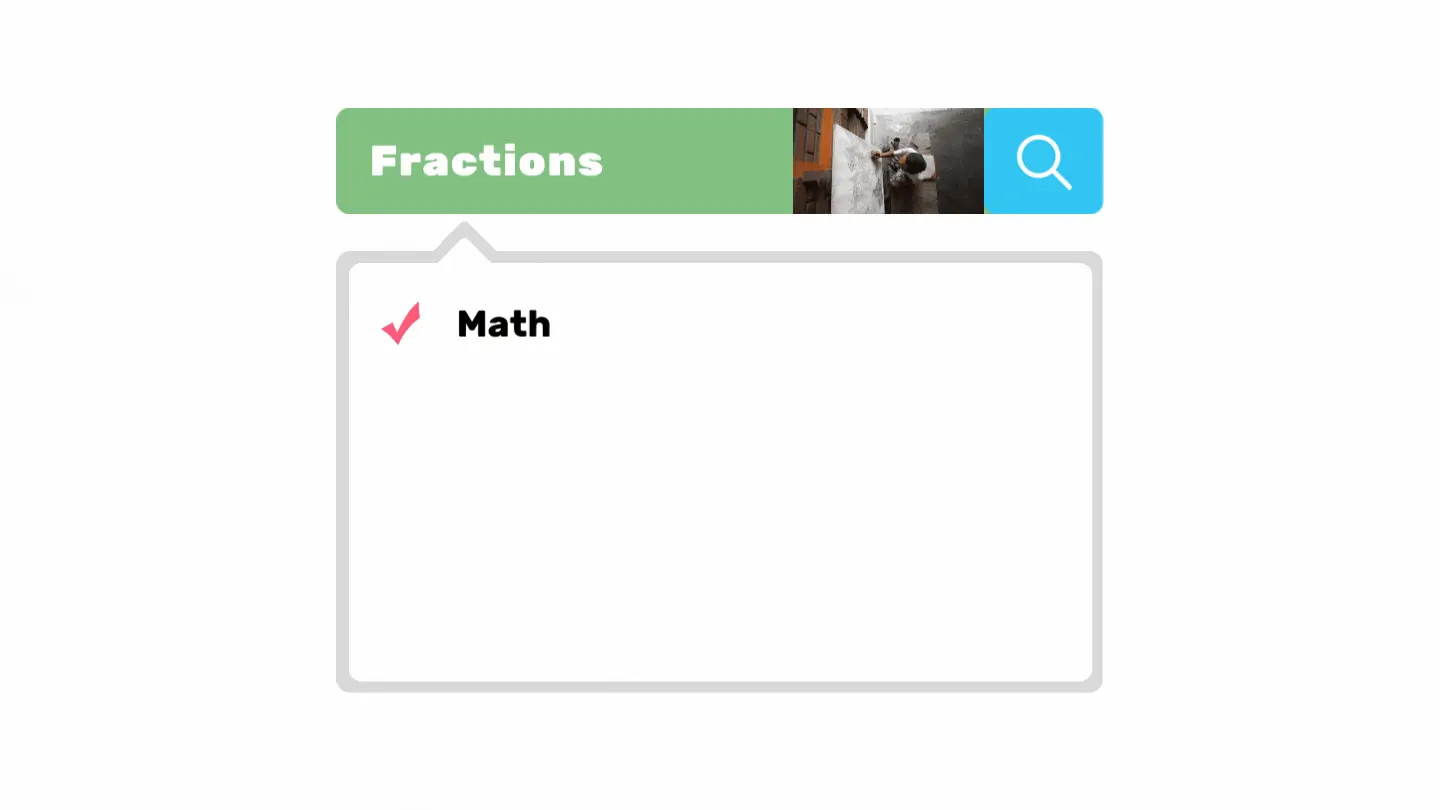Making Math More Human: Meaningful Math Lesson Plan About Self, Others & Our World

A mindful math lesson plan for all of us. Real life meaningful math stories from all over the world. Let’s humanize math with inclusive and meaningful math education. Globally adaptive. Language inclusive.
**Scroll down to see a text version you can translate into other languages with the blue language selector below**
Mindful Math: Meaningful Math That’s Culturally Relevant To Love Lifelong Learning
This real-world meaningful math lesson plan is for any group of humans to engage in together. At school, at home, or wherever you’d like. For ANY learning journey story! You may find it helpful to break this lesson into two sessions, depending on time available.
Want to create a calm space for mindful math? Try this lesson plan! And here’s an accompanying blog post on Making Math More Human.
THIS MINDFUL MATH LESSON WILL HELP US:
- Design Meaningful Math “Problems”
- See Math Problems as Situations
- Improve Culture Together
- Suspend Judgment
- Be Curious & Empathetic
- Teach With Curiosity
- Ask Meaningful Questions
- Practice & Love Mindful Math
1) ASK A MEANINGFUL MATH QUESTION: “Where does math fit into our own daily lives? Can we think of any ways in which math is necessary or meaningful in our lives? In our group?”
You might find it helpful to share something yourself first. Share an important math situation in your own life (ex. math related to time management, teaching, budgeting, cooking, exercise.. something else!). Try to think of something truly meaningful to you, to set the stage for everyone to share meaningful situations in their own lives and the math associated with that. (Note: we often think of math as “problems” — what if we were to try to think of it as a math situation? How might that improve the way we think about math together?)
A few people might have ideas and answer next. Encourage everyone to share openly, and don’t force/push anyone to share more than one is comfortable with. Not everyone is ready to share as openly as others — trust takes time to earn and to build.
Appreciate everyone sharing, and remind everyone that you understand it may take time for everyone to feel comfortable sharing more and more over time. Gratitude for the group always helps, even in math class! Then show the group a Learning Journey (or two) of your choice (remember: you can filter through the stories based on math topics you want to focus on).
Ask everyone to write their math-focused questions about the person as they watch, or have them say questions out loud while someone writes the list on a board / group note / chat box. “Where do we see math fitting into ____’s life? How might math be meaningful for _____? What do we wonder about the math that is involved in this person’s life?”
2) DIVE DEEPER INTO THE MATH OF A NEW PERSON’S STORY: “There is a lot we can learn about ___’s story, and where math fits into ____’s life. Let’s dive deeper to learn more about where math fits in, based on ____’s real story. Let’s WONDER together.”
As you read ____’s story together, engage in the math questions that are presented in the green colored text throughout the story. After figuring out the math for a new question or math situation that the story presents, reflect with the group: “Can anyone think of any math situations similar to ____’s? Any situations in our own lives that are similar?” Take notes together on the math situations that are mentioned.
Continue engaging with the person’s story (you can even search for the other stories related to this same person in the search bar, if you want to find more math and have the time) and go through this same process: after working through the math situation presented in the story, see if ideas come up for similar math in our own lives. See what math ideas are sparked in the group. Don’t hesitate to add in more ideas — joining the group as a learner is always wonderful!
3) ENGAGE IN MINDFUL MATH TOGETHER: Begin a creative exercise to discover math together. Let’s create new meaningful math situations to work through as a group.
Let’s break into small groups (this can also be done individually, if you prefer) to work through the new math situations that we noted down in part two of this lesson. You might share something like: “So, we’ve worked through math in ____’s life together. How about creating math problems based on situations that are similar in our own lives? Let’s go back to our notes and figure out how to make our OWN math!”
Take a minute to share an example of how this might look. This might be from an example that someone shared in part two of the lesson, or a math situation you have found in your own life that relates to the math topic you’re striving to teach.
As we break into groups or do this project individually, remind the whole group that there is no WRONG math problem to create. The goal is to find real math in our own lives that we find meaningful, and to design our own problem around this to then solve. Through engaging with math situations in our own lives through first designing the math problem, we can build the practice of seeing the relevance in any math that we engage with in our learning.
4) SHARE OUR MINDFUL MATH WITH OUR PEERS: “Now that we’ve designed math problems in our own lives, let’s solve them together!” Discuss as a group if you’d like, or have each small group or individual pass the math problem designed over to the next group. (This choice depends on how large your group is and how much time you have / would like to allocate to this exercise.)
As the group solves each math situation together, you might ask the group a big zoom out question to weave all of this math together: “As we engage with each of these math situations, are we seeing any similarities? Any group level math or community-level math that we think could be another interesting math situation to design and solve together? And how might this math connect with the math in the life of ____ from the story we read and watched earlier?”
In introducing this new layer to math, we now are able to focus on math that’s related to SELF (and our group), OTHERS (the person from the learning journey we watched), and our WORLD (or in our specific community). How exciting is that? This might be a great moment to share this exact sentiment with the group. It may even help to frame a great mindful math exercise to continue in our next session or as a way to keep learning at home.
KEEP LEARNING MEANINGFUL MATH AT HOME (OR IN OUR NEXT LESSON TOGETHER):
What is something that is really meaningful to you? A challenge you want to address? A social issue you care about deeply? An aspect of your life or something in our classroom you want to improve? Something in our community? In our world?
Once you’ve identified something (either personally or in a small group), design new meaningful math challenges around this topic. ”So often, we are engaging with math that is given to us. Let’s take the learning into our hands and design our own meaningful math together. When we get creative together and work together on this, we’ll be able to see just how meaningful math really is in our own lives, and in our world. If there are challenges in our world or lives we want to address, math can be such a powerful tool to help us!”
Meaningful Math. Mindful Math.
Math for a better world.
Teaching math doesn’t have to be prescriptive and rote. Every time we teach mindful math, we can find new ways to make math more meaningful and real-world for all of us. Our meaningful math curriculum and lesson plan exists to help us teach mindful math in a human way.
If teaching meaningful math is a priority for you, why not bring that teaching to life with stories that inspire and encourage empathy across all lines of difference? Across all borders?
That’s what Better World Ed Learning Journeys are all about. Helping us love learning about self, others, and our world. Helping us learn to love self, others, and our world. Learning compassion. Learning to be mindful leaders reweaving a peaceful, equitable, and just world.
Together, we can make this world reality. That peaceful and equitable world we dream of is within all of us right here and right now.

Learning Journeys are academic and research-backed. Wordless videos that encourage curiosity and empathy for self, others, and Earth. Written stories that make math and literacy real-world and relevant. Lesson plans that make learning inter-disciplinary and full of wonder.
Learning Journeys weave together critical skills: math, literacy, empathy, social awareness, curiosity, communication, collaboration, creativity, self-awareness, mindfulness, perspective taking, recognizing and addressing bias, peace-building, and compassion. All in a real-world, standards aligned way.
We believe captivating and meaningful math content is for every classroom. That’s why we work with amazing storytellers and educators to design every Learning Journey.
It’s also why our videos don’t have words: no prescribed narrative, no language barrier! Social Emotional Learning that helps you(th) prioritize curiosity and understanding over judgment and bias.
We believe in creating alongside educators and students. From the start, we have seen educators and students as true partners on this journey to open hearts and minds.
This is how we’ve designed Learning Journeys to be adaptive across learning environments, in school and at home. To be effective early in life, every day, and anywhere you(th) are learning.

